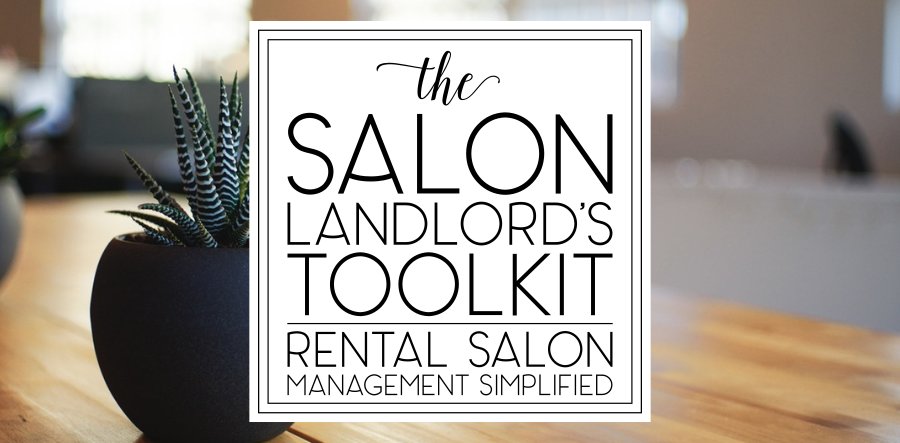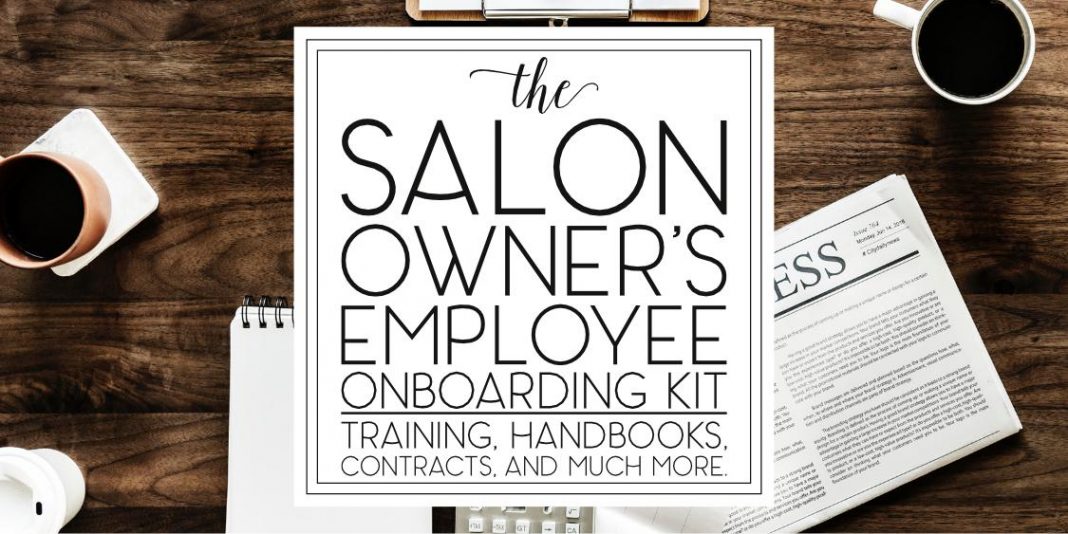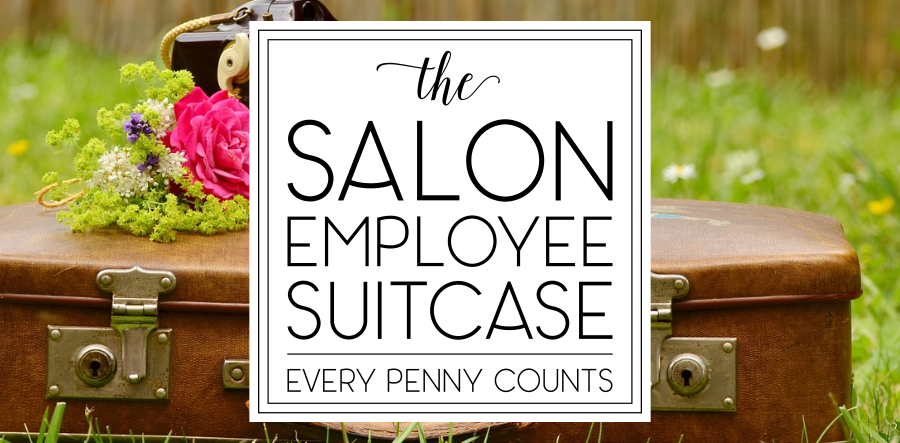When it’s time to present an offer to a potential employee, how do you go about it? Do you give them a proper job description and offer letter, or do you verbally communicate everything and expect them to take you at your word? As beauty professionals become more business savvy, they’re expecting better from industry employers—and honestly, we should be doing better for our own sake.
Formal job descriptions and offer letters clarify your expectations and leave no room for misunderstandings.
Don’t be put off by the word “formal.” The approach you take when writing your documents is completely up to you. In terms of “tone,” your communications can be as professional, friendly, or casual as you like, just so long as they include several key components.
Job descriptions should include the following:
- Job title
- Required qualifications
- Employee responsibilities
- Application process and/or contact details
If you’d like, you can include scheduling requirements if the position is one that requires the employee to work specific days and hours that are non-negotiable.
Offer letters should include the following:
- Employee name
- Job title
- Position type (full-time or part-time)
- Any additional job responsibilities not found in the job description
- Compensation, bonus, and employee benefit details that aren’t found in the employee handbook
- Direct report contact details
- Acceptance of handbook terms
Your employee handbook should include non-solicition and confidentiality (and/or data theft protection) requirements. If it does, the offer letter should affirm that the employee is aware of and agrees to abide by those requirements as a condition of their acceptance of the job. (It’s your job to protect your salon’s clientele. For more information on who the clients belong to in any given situation, read this post.)
If you plan to offer the employee any performance bonuses (commissions and/or gifts), detail whether those bonuses are guaranteed part of the employee’s compensation or discretionary and subject to change. If the bonus schedule applies to all employees, you can put that information in the handbook. If the bonus applies only to employees holding particular positions, put that information in their job descriptions. If the bonus applies only to one particular employee, place that in the offer letter. (We’ll talk more about segmenting your information later.)
Job Description Example: Salon Manager
Job Title: Salon Manager
Position Type: Full-Time Salaried (Exempt)
Required Qualifications: At least five years of full-time salon management experience, active state cosmetology license.
Responsibilities include (but will not be limited to):
- Recruiting, selecting, and orienting new employees
- Assisting, overseeing, and evaluating all salon staff
- Motivating and inspiring [SALON] professionals
- Maintaining [SALON’s] workplace culture consistent with the company’s vision, mission, and professional values
- Ensuring strategic goals are being achieved by all staff members on an individual and salon-wide basis
- Performing routine quality assurance checks
- Handling customer and employee disputes with diplomacy and tact
- Establishing and maintaining relationships with vendors
- Managing inventory
- Monitoring salon performance metrics
- Preparing and presenting reports on salon performance and employee performance for presentation to general managers and other department managers
- Keeping apprised of regulation changes by monitoring developments through the OSHA and State Board of Cosmetology websites and ensuring ongoing compliance
- Planning staffing levels and scheduling strategically
Employee benefits include:
- [BENEFIT]
- [ANOTHER BENEFIT]
- [MORE BENEFITS]
To apply, please [SEND RESUME, APPLY ONLINE, CONTACT OWNER].
Organizing Information
Like your offer letter, your job description can include as much or as little information if you like, but my process when I write these documents for my consulting clients (and I do write them quite frequently) is to organize the job information as follows:
Employee Handbook: Information that applies to all employees, regardless of position.
Job Description: Information that applies to employees that hold specific positions.
Offer Letters: Information that applies to a specific hire.
Your offer letter, job description, and employee handbooks should not be carbon copies of one another.
When compiling duties for your job descriptions, make long lists of responsibilities the employee will be responsible for and use that list to inform the description. You don’t need to detail every last thing if you don’t want to, just list the most critical duties and clarify that the employee’s responsibilities are not limited to the items listed.
I recommend keeping the offer letters short and referencing the handbook and job descriptions in them. I prefer this method for three reasons. First, it keeps the offer letters brief, making the offer the primary focus of the letter. Second, it helps to keep the offer letter positive, since all the rules and duties are found in the other two documents. Finally, it streamlines your onboarding process by simplifying your letters. Instead of heavily editing each letter, you can include those unique details for specific employees in your offer letters when necessary and let your other documents cover the repetitive stuff that applies to anyone seeking to fill those positions.
My personal preference is to write the offer letter in a conversational/professional tone. My letters are heavy on facts and details, but I always begin my letters by remarking on why I feel the applicant is a good fit for the salon, so during your interviews, be observant and notate each applicant’s positive qualities (candor, competence, positivity, etc.) so you can reference those later.
Offer Letter Example: Salon Manager
Dear [EMPLOYEE NAME],
We enjoyed meeting with you and getting to know you during your interview. We’re impressed by your [POSITIVE TRAIT] and [POSITIVE TRAIT], which is why we feel confident in our decision to extend to you this offer of employment for the position of full-time manager with [SALON]. Should you choose to accept the position, your first day at [SALON] will be [DATE], starting at [TIME].
[SALON] will pay you a starting annual salary of [$AMOUNT] in accordance with our standard payroll schedule as outlined in the attached employee handbook, beginning [NEXT PAYDAY]. [BONUS PAY DETAILS, IF APPLICABLE.] Sales bonuses are distributed [MONTHLY/QUARTERLY].
[NAME] ([POSITION]) is your direct report. You can reach [HIM/HER] at [PHONE] and [EMAIL ADDRESS].
As an employee of [SALON], you’re eligible to enjoy company benefits outlined in the attached Employee Handbook, plus the following benefits unique to your position:
- [BENEFIT]
- [ANOTHER BENEFIT]
- [MORE BENEFITS]
By accepting this position, you agree to perform all job duties outlined in the attached job description and abide by all [SALON] employee covenants contained within the handbook.
We look forward to working with you! Please contact [NAME] by [DATE] with your response so we can present you with your uniforms, name badge, business cards, and company email address.
I hope you found this post and the templates useful! You may also find these posts on compensation and contracts useful, as well as my Ask A Salon Manager post series.
The Salon Compensation and Pricing Megakit calculates salon compensation and service pricing for you! It includes:
- The Salon Compensation and Pricing Calculator, an 8-page spreadsheet system that makes salon compensation and pricing calculation as simple as data entry. The best part? The system is enabled with protections to make it impossible to “break” the formulas!
- The Salon Compensation and Pricing Guide, a 44-page instruction manual that not only explains how to use the system but also explains every formula so you’re never confused about what the numbers mean or where they came from.
- A 9-page Employer Obligations Information Sheet to keep you from making very common life-destroying mistakes.
- Be Worth What You Charge, an 11-page checklist and salon evaluation resource.
$89.99 Original price was: $89.99.$69.99Current price is: $69.99.Add to cart










2 Responses
I’d be interested to find out how simply having businesses follow this template could reduce unemployment, because if job descriptions were better, there’d be fewer people applying for positions that they have no hope of getting. Personally I’ll definitely be referencing this in the future, it’s really good! 🙂
Thanks! I don’t know for sure how it would affect unemployment, but I’ve personally seen it cut employee turnover rates in the salons of my consulting clients. It also reduces wasted time, as ineligible or incompatible applicants never apply in the first place.